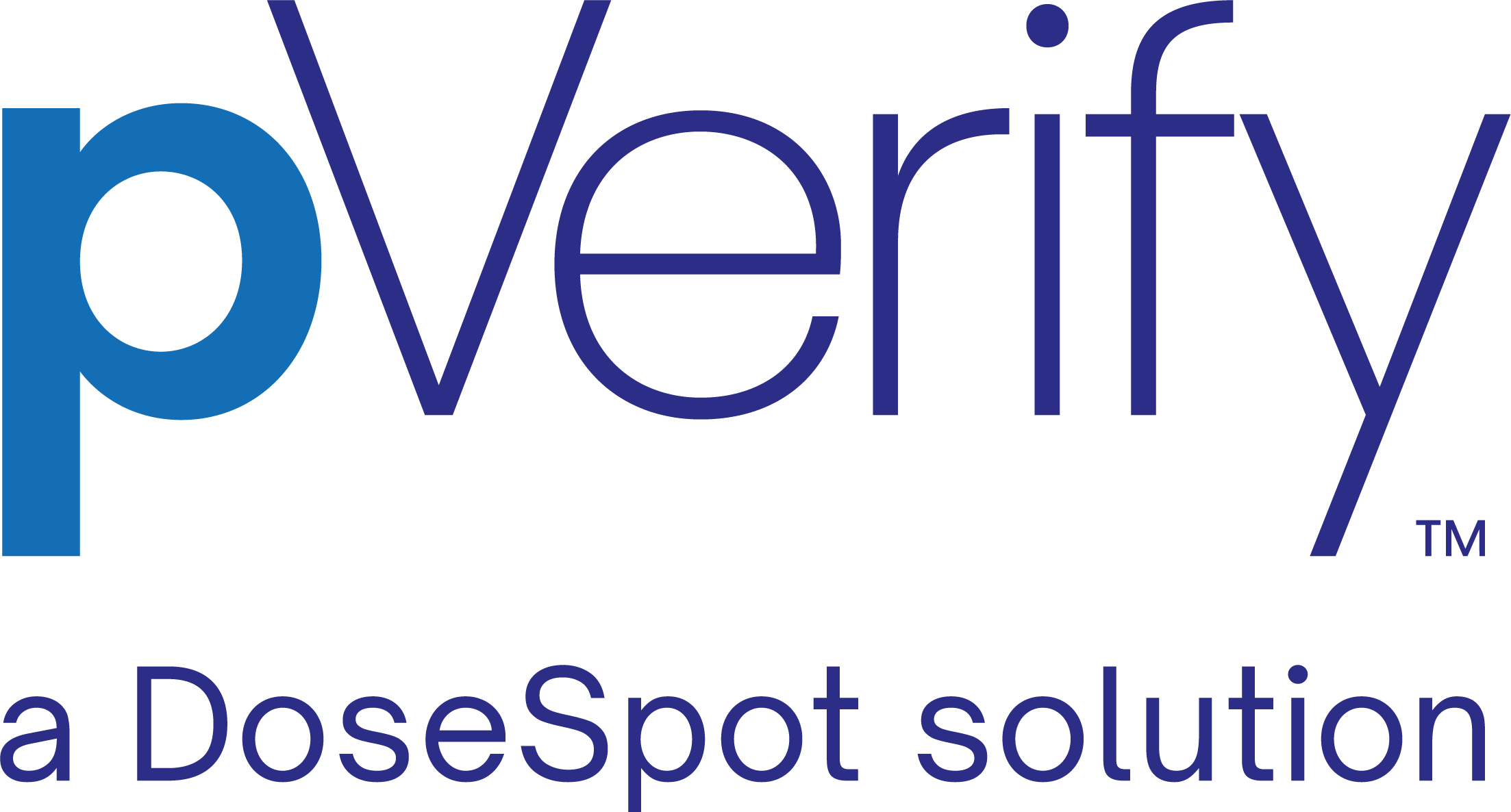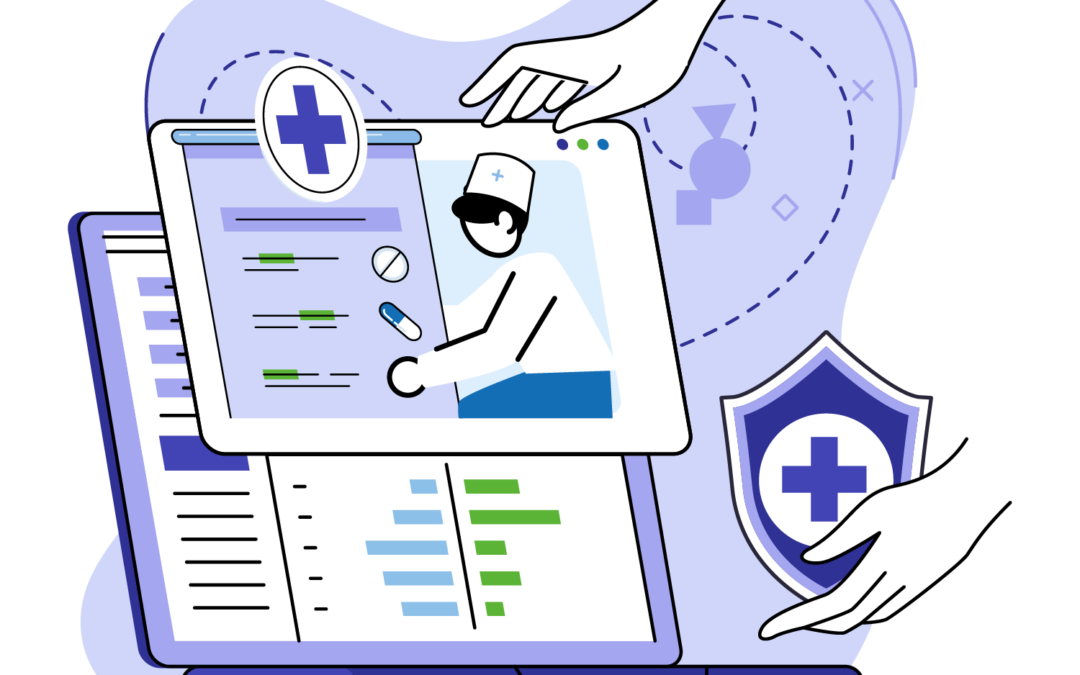Efficient delivery of patient care is a priority for top Physical Therapy and Occupational Therapy organizations continually seeking to leverage technology and innovative solutions to increase revenue, streamline processes, reduce administrative burdens, and enhance overall patient experience. One way to achieve more efficiency is by leveraging APIs to pull real-time patient eligibility and benefit information. This instant data helps physical and occupational therapy providers access critical coverage information to ensure that the services they are about to render are covered by insurance and to offer patients transparency into their financial obligations with accurate co-pay and deductible information.
In this guide, we will explore the importance of PT/OT eligibility APIs, their implementation benefits, challenges, and best practices for leveraging them to optimize patient care and revenue.
Understanding PT/OT Eligibility APIs
Physical Therapy and Occupational Therapy Eligibility from insurance companies can be provided through an API connection from an insurance eligibility and verification vendor. Trusted vendors with expertise in this space enable you to access data from thousands of payers through one API connection instead of maintaining unique connections with every single payer. This API connection allows physical therapy and occupational therapy providers to access real-time, up-to-date data on patient insurance coverage, co-pays, deductibles, and other important details, resulting in greater transparency for patients regarding their financial obligations, fewer claim denials, and more revenue for PT/OT organizations.
Benefits of Leveraging PT/OT Eligibility APIs
1. Real-Time Eligibility Verification
PT/OT eligibility APIs provide immediate access to patient insurance information, eliminating the need for time-consuming manual verification processes. This real-time data ensures accurate eligibility assessments and reduces the risk of claim denials due to outdated information.
2. Enhanced Operational Efficiency
PT/OT eligibility APIs streamline administrative tasks by automating eligibility verification and benefit inquiries, allowing PT/OT staff to focus on patient care. This efficiency improvement leads to faster patient registration, reduced paperwork, and minimized errors in billing and reimbursement processes.
3. Improved Patient Experience
Quick and accurate eligibility verification ensures a smoother patient experience. Patients receive timely and transparent information about their coverage and out-of-pocket expenses, minimizing the risk of being surprised and frustrated by unforeseen bills after care has been provided.
4. Cost Savings
Automated eligibility verification proactively identifies coverage discrepancies and potential billing errors upfront, reducing the likelihood of claim rejections and denials. This approach to revenue cycle management maximizes revenue and minimizes revenue leakage for PT/OT providers.
5. Compliance and Data Security
PT/OT eligibility APIs adhere to industry standards and regulations, ensuring the secure exchange of sensitive patient data between systems. By leveraging these APIs, PT/OT providers can maintain compliance with HIPAA regulations and safeguard patient privacy.
Implementation Challenges and Considerations
While the adoption of PT/OT eligibility APIs offers numerous benefits, there are some key considerations to keep in mind:
1. Integration Complexity
Integrating PT/OT eligibility APIs with electronic health record (EHR) systems and practice management software can be complex. Be sure to select a vendor with robust documentation and various endpoints to leverage for quick build-outs, such as utilizing drop-in user interface (UI) building blocks for the front end, analytic tools for troubleshooting, and a support team knowledgeable in eligibility information.
2. Redundant Connections
Most physical therapy and occupational therapy providers are limited to the connectivity provided by their EHR and practice management software, and often eligibility verification information is not tailored to provider-types. A vendor with redundant connections to payers is essential to maximize uptime and accessibility to eligibility insurance and verification data.
3. Vendor Selection
Choosing the right API vendor is critical for successful implementation. Physical Therapy and Occupational Therapy organizations should evaluate vendors based on API reliability, redundancy, scalability, security measures, and ongoing support services.
4. Data Accuracy and Consistency
Ensuring the accuracy and consistency of data exchanged through APIs is crucial. The information conveyed must be up-to-date, unambiguous, and concise. Tailoring results to a specific specialty is also essential, for example, if a physical therapist wants to understand PT coverage and visit limitations.
5. Regulatory Compliance
Even with redundant connections and tailored benefits, PT/OT staff may still be unable to determine if prior authorization or a referral is required. This type of internal knowledge isn’t readily available at the point of care. Look for a vendor that provides opportunities to enhance the PT/OT APIs with custom business knowledge and regulatory compliance information that can be embedded in the eligibility verification data along with the details provided by the insurance payer.
Best Practices for Leveraging PT/OT Eligibility APIs
To optimize the utilization of PT/OT Eligibility APIs, physical therapy and occupational therapy organizations should adopt the following best practices:
1. Define Clear Objectives
Clearly define the goals and objectives of implementing PT/OT eligibility APIs. Eligibility APIs are often implemented to help reduce claim denials, increase revenue, and improve patient satisfaction. The ideal APIs can also present data in a way that is easy for front office staff to interpret, thereby reducing errors, improving staff satisfaction, and reducing the dependency on roles with specialized insurance expertise.
2. Engage Stakeholders
Be sure to involve critical stakeholders as you make plans in order to ensure their buy-in and work together to align API implementation to your organization’s goals.
3. Select a Vendor with Expertise
Choose a vendor with longstanding, proven expertise in healthcare and PT/OT eligibility. Credibility and reliability are critical.
4. Monitor Performance Metrics
Assess the results of your API use. Make sure the data you’re measuring aligns with the goals you established.
5. Adapt to Adhere to Regulations
State and federal regulations change constantly. Verify that your selected vendor is diligent in continuing to comply with these changes.
Real World Example: Healthcare Services Company Saves $3.9 Million
Let’s examine a real-world example of a healthcare organization that leveraged pVerify’s eligibility APIs to help streamline and improve patient care:
A senior living and healthcare company with close to 200 locations was growing rapidly but was held back by generic and ineffective eligibility verification software. Offering outpatient clinics and skilled nursing facility (SNF) services, their insurance eligibility verification needs are complex, so finding those tools is a challenge in and of itself. Their limited, rotating patient-capacity model required batch processing for Medicare and Medicaid eligibility monthly for current patients and ongoing patient referrals. Staff across all locations needed to easily reference past runs with reporting at a higher level of detail than most eligibility platforms can. The company turned to other platforms to supplement and fill those gaps. Still, it came at a high cost: now, navigating multiple healthcare portals and protocols, staff bandwidth decreased, and documentation errors became more common. They needed a more permanent and comprehensive solution.
With pVerify’s tailored insurance verification, eligibility solutions, and customer support, our client significantly reduced bad debt, resulting in a client-estimated $3.9 million in saved revenue and amplified their batch processing capability from 6,300 monthly transactions to 30,000. From batch verification and real-time eligibility to a competitive transaction rate and user-friendly interface — pVerify helped position this customer with efficiencies for growth.
According to our customer, “[pVerify] is very streamlined. The Medicare run has the same format as the Medicaid run — it’s easy across the board. We like the user-friendly standardization, including links to the relevant benefits without manual entry or navigation. It’s all right there and accessible.”
The Bottom Line
PT/OT eligibility APIs offer a transformative solution for streamlining patient care, enhancing operational efficiency, and improving revenue cycle management in physical therapy and occupational therapy organizations. By leveraging these APIs, PT/OT providers can access real-time eligibility and benefit information, automate administrative tasks, and deliver a seamless patient experience. Adherence to best practices and proactive management can ensure successful adoption and maximize the benefits of PT/OT eligibility APIs. As healthcare continues to evolve, embracing innovative technologies like PT/OT eligibility APIs will be critical to staying competitive and delivering high-quality patient care in the digital age.

